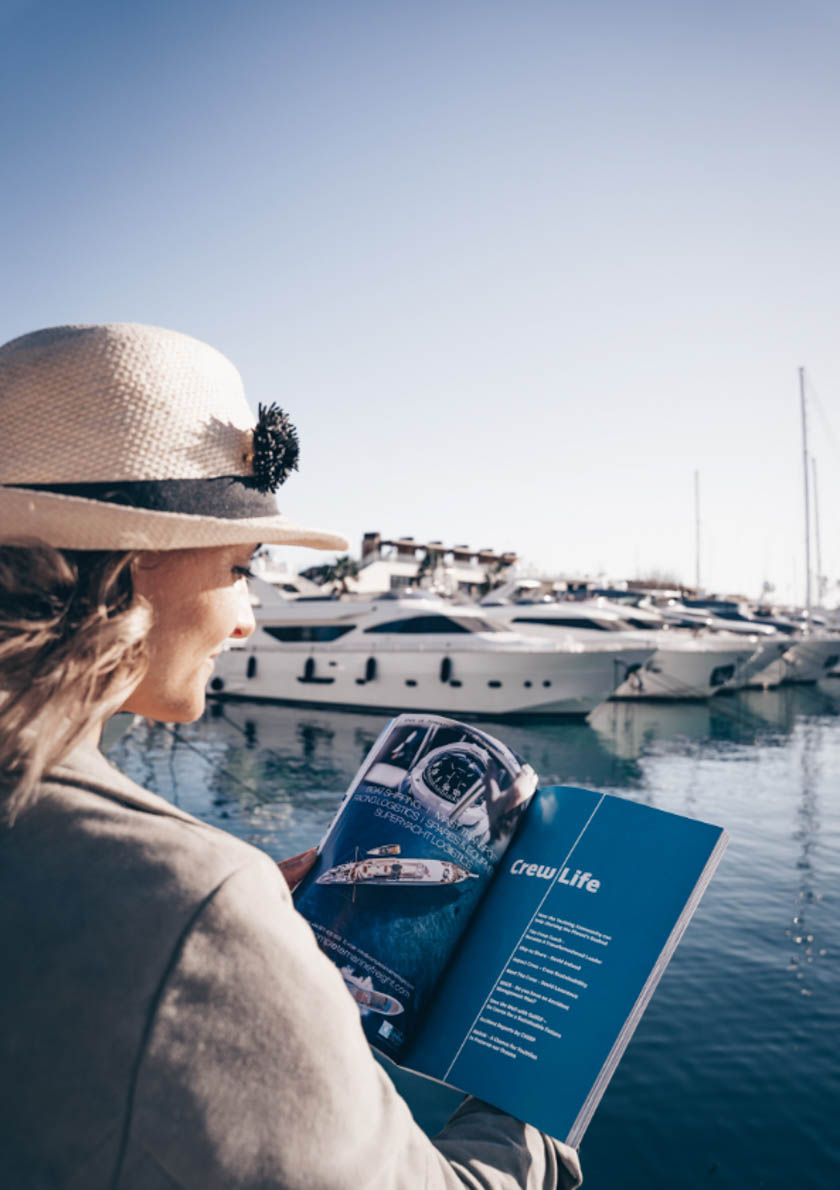Diver Propulsion Vehicles (DPVs): Fun, Fast, but Follow the Rules
Diver Propulsion Vehicles (DPVs), also known as underwater scooters, are now a common sight onboard superyachts as part of their water toy selection. There are numerous models available, from snorkelling-friendly surface scooters to advanced dive-grade units like SeaBobs, Suex and Subgravity scooters designed specifically for scuba diving.
Most often, DPVs on yachts are used for snorkelling — and in these cases, they should only be used for surface activities, not for descents or ascents. But when used for diving, there are very specific safety rules and considerations that must be followed.
First off, specialty training is essential. PADI and other dive organisations offer Diver Propulsion Vehicle specialty courses for a reason. No one should use a DPV underwater without proper instruction. Used incorrectly, DPVs can lead to serious injury — or worse.
Here are some key safety rules:
-
Only use scuba-specific DPVs for diving. Not all scooters are built to handle pressure or depth.
-
Never conduct ascents or descents using a DPV. Always descend and ascend under your own control. DPVs should only be activated and deactivated at the depth at which the dive will be conducted. Descending with a scooter can lead to ear barotrauma, while ascending can risk lung over-expansion injuries or decompression illness.
-
Stay within your limits. Never travel farther than you can comfortably swim back in case of battery failure or equipment malfunction. Long surface swims are no fun — and losing a DPV because you had to ditch it is even less so.
-
Follow the rule of thirds. Use one-third of your air supply for the outward journey, one-third for the return, and keep one-third in reserve.
-
Always go against the current first. Never start a dive going with the current — you’ll struggle to return and drain your battery faster. Begin the dive against the current, and let it assist you on the way back.
-
Use speed control settings. Newer models often feature speed limiters — use them. High speeds are unnecessary and increase the risk of collision, entanglement or disorientation.
-
Use a secure safety line. Attach the DPV to yourself with a quick-release tether.
-
Streamline your gear. Loose hoses or equipment can cause drag, reduce efficiency and increase entanglement risks.
-
Avoid wreck or cave penetration. These are technical diving environments and require separate, advanced training. DPVs are not to be used here unless you’re certified for it.
-
Not for work dives. These devices are for recreational use only — not commercial or professional underwater tasks.
-
Mind your hair. Seriously — if you have long hair, tie it up or wear a swim cap. Getting hair tangled in a propeller is not just painful — it’s dangerous.
Know your DPV:
Modern units come in different configurations. Most are handheld with trigger or thumb-operated speed controls, but some can be mounted to your tank for hands-free movement. Choose the setup that best suits your comfort and environment.
When used correctly, DPVs are a fantastic way to explore more ground (or reef) with less effort. But remember — we recommend that DPVs not be used for scuba diving from yachts unless proper training, briefing, and professional supervision is provided. At the very least, the guidelines above should be followed as a minimum standard.
One final caveat: DPVs are noisy. Marine life tends to avoid them, so you may actually see fewer fish than more. But used respectfully and safely, they can add a whole new dimension to your diving.
Big bubbles, no troubles — and dive safe!.























0 Comments